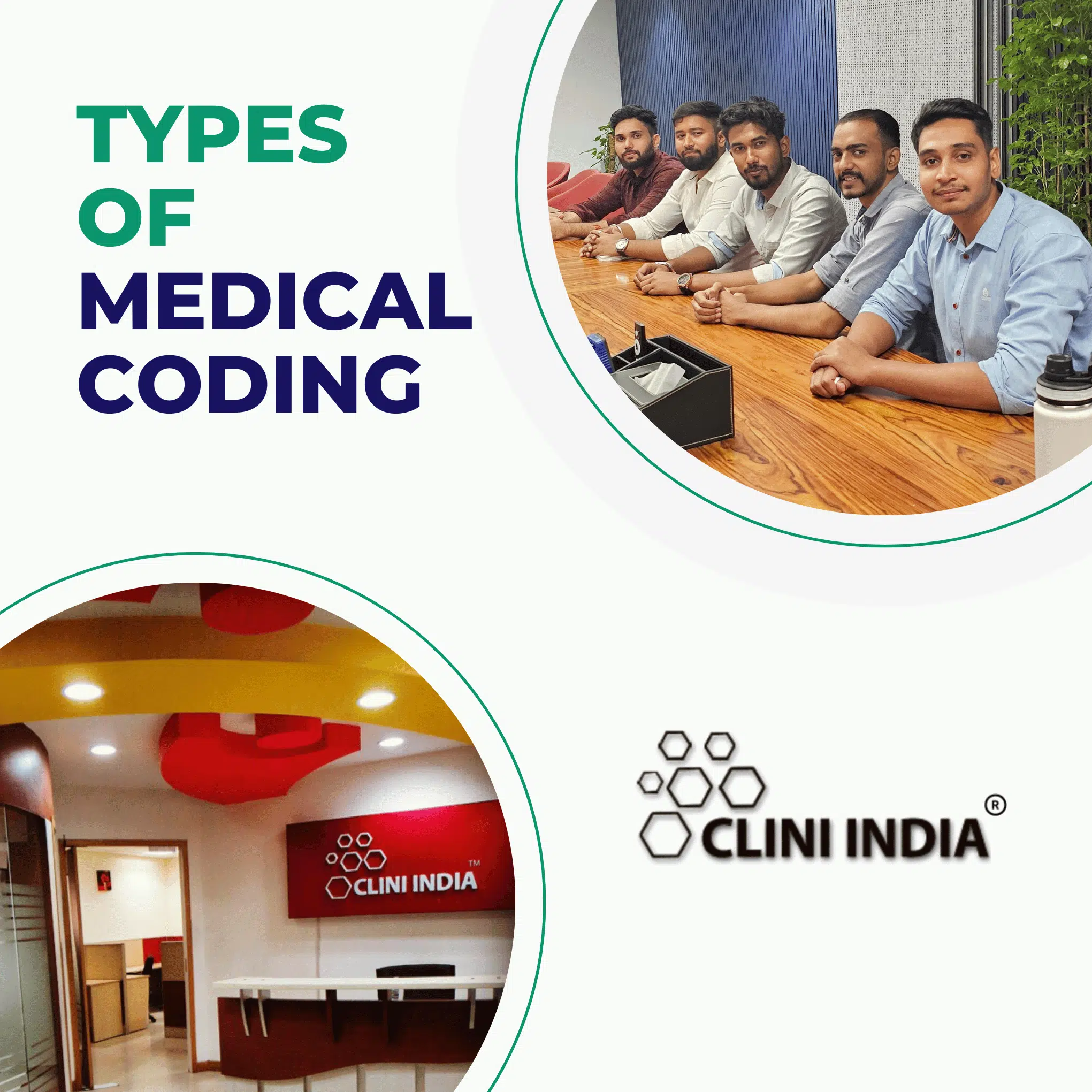
Types of Medical Coding: A Comprehensive Guide
Medical coding is a critical component of the healthcare system, ensuring accurate documentation and billing for healthcare services. Coders translate medical diagnoses, treatments, procedures, and equipment into standardized alphanumeric codes used for record-keeping, insurance claims, and data analysis. There are various types of medical coding systems, each serving specific purposes. In this article, we will explore the major types of medical coding and their applications in the healthcare industry.
1. ICD Coding (International Classification of Diseases)
The ICD coding system is one of the most widely used systems in medical coding, developed by the World Health Organization (WHO). It classifies diseases, medical conditions, and external causes of injury. The current version is ICD-10 and its upcoming version is ICD-11.
ICD-10-CM (Clinical Modification)
- Purpose: Used primarily in the United States to code diseases, symptoms, and medical conditions in clinical and outpatient settings.
- Structure: It consists of over 68,000 codes and allows more specific classification of diseases.
- Example: J45.909 – Unspecified asthma, uncomplicated.
ICD-10-PCS (Procedure Coding System)
- Purpose: Primarily used in hospital inpatient settings to code medical procedures, such as surgeries or interventions.
- Structure: Contains over 70,000 codes, providing detailed descriptions of procedures performed in healthcare facilities.
- Example: 0FT44ZZ – Resection of the liver, percutaneous endoscopic approach.
ICD-11
- Purpose: ICD-11 is an updated version of ICD-10 that offers more accurate and flexible coding options. It incorporates advancements in technology and medical knowledge.
- Structure: Includes over 55,000 codes and allows a more user-friendly approach for healthcare professionals.
2. CPT Coding (Current Procedural Terminology)
The CPT coding system, developed and maintained by the American Medical Association (AMA), is used to describe medical, surgical, and diagnostic procedures and services.
CPT-4 Codes
- Purpose: Used for coding outpatient procedures, physician services, and medical tests for insurance billing and documentation.
- Structure: CPT codes are five-digit numeric codes divided into three categories:
- Category I: Codes for procedures and services widely performed in clinical practice (e.g., 99213 – Office visit for an established patient).
- Category II: Optional tracking codes used for performance measures and quality improvement (e.g., 1004F – Tobacco use cessation intervention).
- Category III: Temporary codes for emerging technologies, services, and procedures (e.g., 0085T – Insertion of an absorbable implant for sinus congestion).
- Example: 93000 – Electrocardiogram, routine, with at least 12 leads; interpretation and report.
3. HCPCS Coding (Healthcare Common Procedure Coding System)
The HCPCS coding system is used to code products, supplies, and services not included in the CPT system, especially for Medicare and Medicaid billing in the U.S.
HCPCS Level I (CPT-4)
- Purpose: Identical to CPT codes, used for medical procedures and physician services.
- Example: As mentioned earlier, 99213 – Office visit for an established patient.
HCPCS Level II
- Purpose: Used for coding durable medical equipment (DME), prosthetics, ambulance services, and other non-physician services.
- Structure: Codes consist of one letter followed by four numbers.
- Example: A0428 – Ambulance service, basic life support, non-emergency transport.
4. DRG Coding (Diagnosis-Related Groups)
DRG coding is used primarily for billing purposes in hospital inpatient settings. It groups patients with similar clinical conditions or treatments into categories to standardize payment rates for hospitals under Medicare and other insurance programs.
- Purpose: DRGs help insurance companies and hospitals determine the cost of hospital services for specific diagnoses and procedures.
- Example: DRG 470 – Major joint replacement or reattachment of the lower extremity without major complications.
5. SNOMED CT (Systematized Nomenclature of Medicine Clinical Terms)
SNOMED CT is a highly detailed coding system used for recording clinical data in electronic health records (EHRs). It is an internationally recognized coding system aimed at enhancing the interoperability of healthcare data.
- Purpose: Provides clinical terms for capturing patient health data, conditions, procedures, and other healthcare events. It enhances the detail and specificity of data entered into electronic health records.
- Structure: Includes more than 350,000 concepts covering diseases, symptoms, procedures, and medications.
- Example: 365860008 – Viral pneumonia caused by COVID-19.
6. LOINC (Logical Observation Identifiers Names and Codes)
LOINC is a coding system designed to standardize laboratory and clinical observations, making it easier to exchange data between laboratories, hospitals, and insurance companies.
- Purpose: LOINC codes are used to identify lab tests, clinical measurements, and diagnostic results.
- Example: 1975-2 – Hemoglobin A1c measurement in blood.
7. NDC (National Drug Codes)
The NDC is a unique code used in the United States to identify medications approved for use by the FDA (Food and Drug Administration).
- Purpose: Used to code and track pharmaceuticals for retail and insurance purposes.
- Structure: A 10- or 11-digit code divided into three segments: labeler, product, and package.
- Example: 00406-0804-60 – 60 tablets of Ibuprofen 400mg.

























































